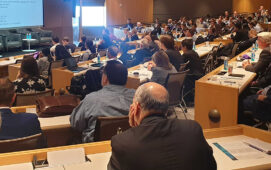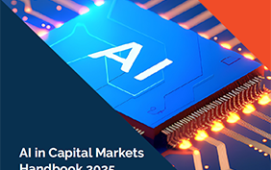Word has it that ESMA is serious about its intention to publish its final guidance on MiFID II this month. With a possible (unconfirmed) publication date of September 24 doing the rounds, the market is bracing itself for a vigorously more prescriptive approach than under MiFID I, with less wiggle room for divergence from the base requirements.
Here on Intelligent Trading Technology, we’ve been busying ourselves assessing the impact of various aspects of the incoming regulation, which takes effect in January 2017 – just 15 months away.
As might be expected, we’re looking at how MiFID II will change the execution landscape with changes to the rules governing systematic internalisation and the introduction of Organised Trading Facilities (OTFs). We’re keeping an eye on how emerging rules on pre-release ‘production’ testing of trading algorithms will be applied. And we’re watching how firms respond to new reporting requirements across the board, being introduced in the name of transparency and the avoidance of systemic risk.
Another, less obvious aspect is the impact of MiFID II on the post-trade environment. Building perhaps on the US’s Dodd Frank Act, and as part of its remit to implement the T+2 clearing and settlement requirements set out by the G20, MiFID II will address the longstanding inconsistency that characterise post-trade processes particularly in the derivatives markets.
The market is bracing itself for MiFID II and its sister MiFIR regulation because they will push firms to replace archaic, often manual processes with the kind of workflow-based systems that can generate the kind of auditable transaction data sets that meet their transparency obligations. Achieving this, particularly in as short a timeframe as 15 months, will force significant investment in post-trade infrastructures to meet the new requirements.
But according to David Pearson, who looks after the post-trade business at Fidessa, the incoming requirement presents sell-side institutions with an opportunity to drive traditional business. Fidessa’s Affirmation Management Service (AMS) is one of a number of third-party offerings vying to establish order in the post-trade space. By demonstrating tighter, auditable post-trade processes, sell-side firms can differentiate their service offering to buy-side clients, which themselves are looking to solutions under a very tight timeframe. AMS provides a mechanism for buy- and sell-side firms to affirm trades with one another directly (you can download a white paper on the topic here.
As the ESMA guidance comes to ‘market’, Intelligent Trading Technology will be monitoring progress. And this post-trade differentiation will feature in our upcoming Intelligent Trading Summits, taking place in London on February 4, 2016, and in New York next May. Stay tuned for more about those in coming weeks.
Subscribe to our newsletter




